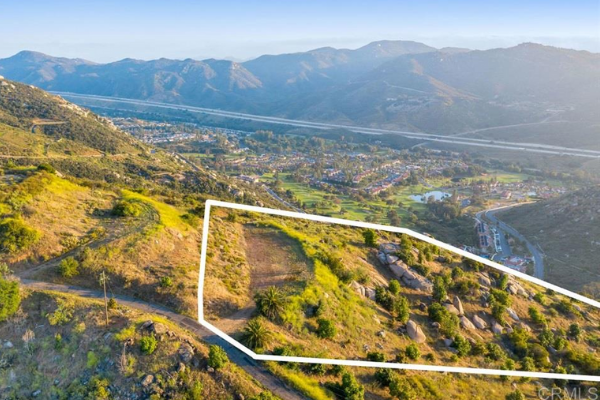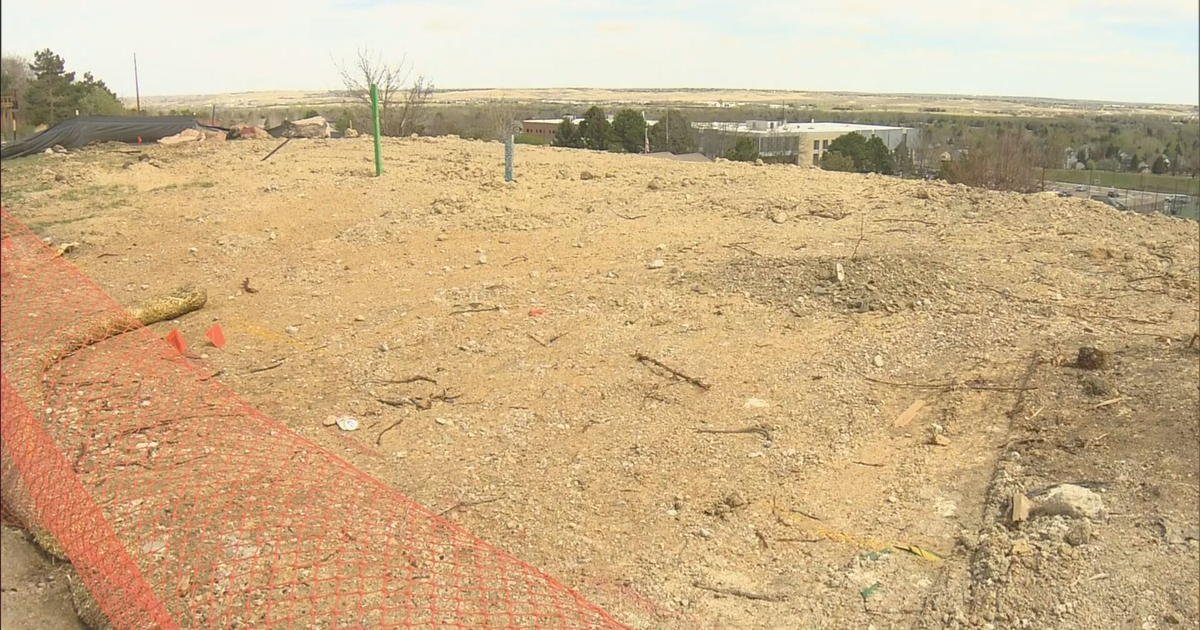Guide to Building Prefab on a Large Amount of Raw Land

For individuals looking to build a new house, developing a piece of large, raw land can be an appealing option. Building on a large, previously undeveloped property allows you to work with a blank canvas to build the prefab home of your dreams. And while it may seem like a straightforward process - unfortunately, it often is not.
In many high population density areas, finding an affordable, yet quality, building lot can be a challenge. So what should you make of the listings on real estate websites offering large, vacant lots at an affordable price?
To help you determine whether that large, undeveloped lot is a good fit for your prefab home, we created a land evaluation checklist, based on our past experience and past conversations with architect Toby Long. Using that checklist, we evaluated a comparable lot so that you can understand what questions you should be asking and how to properly assess a similar property.
Assessing a Large Amount of Raw Land
Notes & Take-Aways
Lot Information: 14070 Green Valley Road, Forestville, CA 95436
What does site access look like?
As is the case for evaluating all lots, one of the first things to look at is the site’s access. Particularly, for a large, rural lot, there may be issues with the roads and arriving at the building pad. What is the condition of the road? Is there a road at all? If there is, is it something that we could bring a crane down? Could we bring trailers with modules down?
In some cases, this might not be a deal-breaker. In some cases, a crane might not be necessary for single-story homes. There also are solutions for bringing homes down dirt paths.
What does the lot’s infrastructure look like?
For a rural property, this is one of the biggest things to look into. Toby says,
The two things that are most obvious to me, although in a lot of properties these are already developed, are well and septic systems. The intersection with environmental health departments, which are the agencies that regulate septic systems and wells, are really challenging agencies to work with. Not unto themselves, but the laws and codes are rigorous and effectively immovable. There's setback requirements from where we put wells. Obviously, there's a lot of setback issues as it pertains to septic systems. Both of these relatively simple systems can be deceptively costly.
In addition to access to accept delivery of the home (trailers & cranes), does the lot meet turn-around requirements established by the fire department?
While this somewhat relates to the question of site access, fire departments require that lot’s have an acceptable place to turn a fire truck around on (and may even require for the access road or driveway to contain gravel.
Where is the lot situated? Is insuring the property cost-prohibitive?
Depending on the location of the parcel, it is also important to understand if it is in an area with high-risk of natural disasters. While this might not prohibit you from building, it can make insuring the property quite expensive.
Final Verdict
While there is already a house on the property (a manufactured home) it is not a foregone conclusion that building on this lot makes sense. For rural lots, a good place to start is by understanding the infrastructure conditions of the property and if work is needed, is it possible from a regulations standpoint, and if yes, how much would that work cost? From there, you can begin to look at standard items such as site access and other regulatory issues.
Though it may be possible to build on this piece of land, soft costs related to infrastructure development and impact fees might be cost-prohibitive. If you would like assistance evaluating land for your own project, connect with a member of our Prefab Coaching program.
Once you have selected a piece of land for your project, you might also be interested in our articles on:




